Introduction
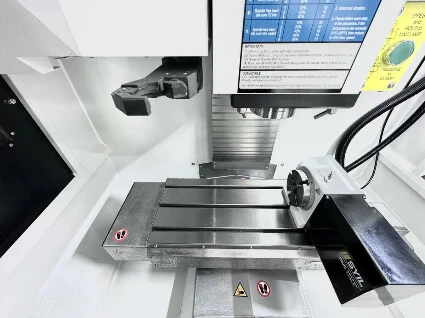
CNC milling titanium is a fascinating and complex process that has gained significant traction in various manufacturing sectors. With its unique properties, titanium presents both opportunities and challenges for machinists. Understanding how to effectively manage CNC milling titanium speeds and feeds can make all the difference in achieving optimal results while minimizing wear on tools and machines.
Understanding CNC Milling Titanium
When we ask, Can you CNC mill titanium? the answer is a resounding yes, but it comes with caveats. Titanium is known for its strength-to-weight ratio, corrosion resistance, and biocompatibility, making it ideal for industries such as aerospace and medical devices. However, these same properties also contribute to its challenging machinability, requiring a deeper understanding of the specific techniques involved in CNC milling titanium.
Importance of Speeds and Feeds
One of the first questions that arise in CNC machining is: what is the feed rate of a CNC milling machine? The feed rate directly impacts the efficiency of the cutting process and influences surface finish quality. Coupled with surface speed—what is the surface speed of titanium?—these factors play crucial roles in determining how well your machine operates while milling this tough material.
Key Factors in CNC Machining
Several key factors come into play when considering CNC milling titanium successfully. These include tool selection, cooling methods, and understanding how do you mill titanium effectively to prevent overheating or tool wear during operation. Mastering these elements not only enhances productivity but also contributes to longer tool life and better overall results.
What is CNC Milling?
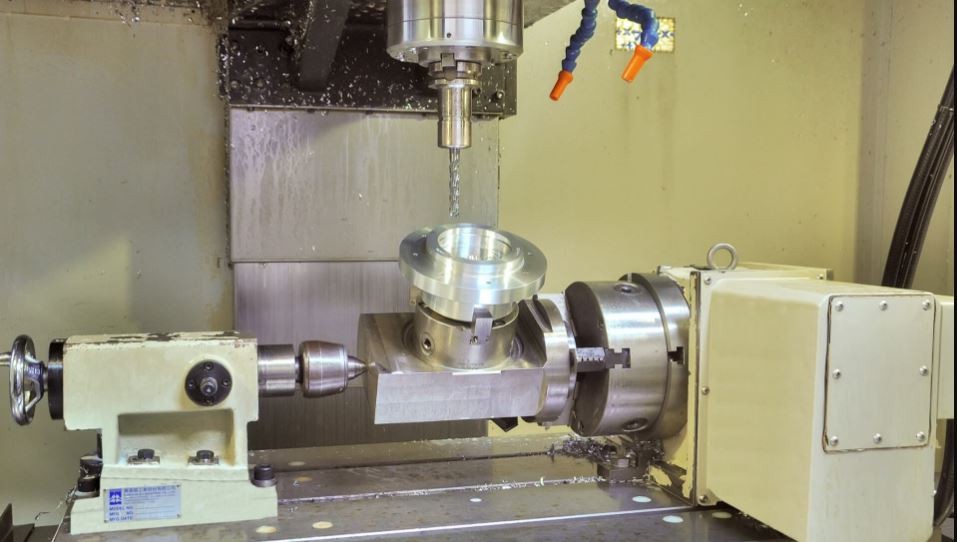
CNC milling is a manufacturing process that utilizes computer numerical control (CNC) technology to automate the operation of milling machines. This advanced machining technique allows for precise cutting, shaping, and drilling of materials, making it an essential method in modern manufacturing. The ability to program complex designs ensures consistency and accuracy that manual methods simply can't match.
Definition and Overview
At its core, CNC milling involves the use of a rotating cutting tool to remove material from a workpiece, which is typically held in place on a table. The CNC system interprets design files, often created in CAD software, converting them into commands that guide the machine's movements. This process can achieve intricate geometries and tight tolerances, making it ideal for applications requiring high precision.
Applications in Various Industries
CNC milling finds its place in numerous industries due to its versatility and accuracy. From aerospace components—where lightweight yet strong materials like titanium are crucial—to automotive parts that demand exact specifications, CNC milling plays a pivotal role. Additionally, industries such as medical device manufacturing benefit from this technology by producing custom implants and surgical instruments with unparalleled precision.
Benefits of CNC Milling
The advantages of CNC milling are hard to overlook; it significantly reduces production time while enhancing product quality through automation and repeatability. One major benefit is the capability to work with various materials—including metals like titanium—while maintaining consistent cnc milling titanium speeds and feeds throughout the process. Furthermore, less human intervention means fewer errors and improved safety in the workplace; operators can focus on monitoring operations rather than performing repetitive tasks.
Can You CNC Mill Titanium?
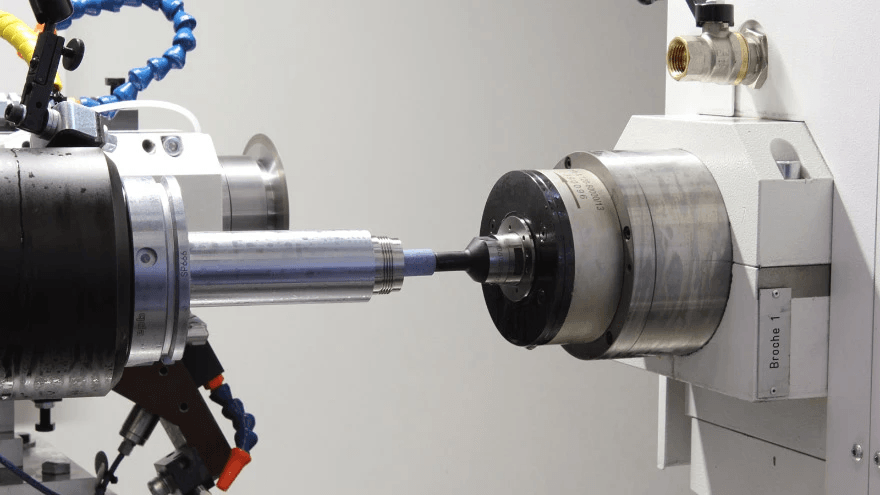
Properties of Titanium
Titanium is not your average metal; it's renowned for its high strength-to-weight ratio and exceptional resistance to corrosion. This makes it particularly valuable in applications where durability and performance are paramount. However, these same properties can complicate the CNC milling process—titanium has a tendency to work-harden and can be challenging to cut if not approached with the right techniques.
Understanding the properties of titanium helps in determining how you should approach your milling project. The thermal conductivity of titanium is relatively low compared to other metals, which means that heat generated during machining can build up quickly at the cutting edge. This necessitates careful consideration of what is the feed rate of a CNC milling machine when working with titanium.
Advantages of Titanium in Manufacturing
The advantages of using titanium in manufacturing are numerous, making it an attractive option for many industries. First off, its lightweight nature allows for reduced overall weight in components without sacrificing strength—ideal for aerospace applications where every gram counts! Additionally, titanium's excellent fatigue resistance ensures that parts can withstand repeated stress over time.
Moreover, titanium's biocompatibility makes it suitable for medical devices and implants; it's non-reactive with bodily fluids and tissues. These benefits make manufacturers often ask themselves: Can you CNC mill titanium? The answer lies not just in capability but also in understanding how best to utilize its unique characteristics through effective CNC milling practices.
Challenges in CNC Milling Titanium
While there are many advantages to using titanium, there are also significant challenges when it comes to milling this material effectively. One major hurdle is achieving appropriate speeds and feeds; if you're too aggressive with either parameter during machining, you risk damaging both your tooling and your workpiece. So what is the surface speed of titanium? It's crucial to determine this before starting your project!
Another challenge arises from tool wear; cutting tools made from high-speed steel or carbide can dull more quickly when working with titanium due to its hardness and tendency to build up on cutting edges (known as built-up edge). Therefore, understanding how do you mill titanium effectively becomes essential for maintaining efficiency throughout production runs while minimizing downtime caused by tool changes or replacements.
Ultimately, mastering these challenges requires a blend of experience and knowledge about best practices tailored specifically for CNC milling titanium speeds and feeds—because getting it right means achieving quality results without breaking the bank or your machinery!
Determining Surface Speed of Titanium

Importance of Surface Speed
Surface speed plays a pivotal role in determining how effectively you can mill titanium. If the surface speed is too low, you risk dulling your tools prematurely, leading to increased costs and downtime. Conversely, if it's too high, you could generate excessive heat that damages both your tools and the titanium workpiece—definitely not a win-win situation! By mastering CNC milling titanium speeds and feeds, you can ensure that you're working within optimal parameters for efficiency and quality.
Calculating Surface Speed for Titanium
Calculating the surface speed of titanium involves knowing two key variables: the diameter of your cutting tool and the spindle RPM (revolutions per minute). The formula to determine surface speed (in feet per minute) is straightforward: multiply the diameter of your tool (in inches) by π (approximately 3.14), then multiply that product by your spindle RPM. This calculation gives you a solid foundation for adjusting other parameters like feed rate—essentially answering questions like What is the feed rate of a CNC milling machine?
Recommended Surface Speeds for Titanium
Recommended surface speeds for titanium typically fall between 100 to 300 feet per minute depending on various factors such as tooling material and specific alloy type being machined. For instance, carbide tools generally allow for higher speeds compared to HSS (high-speed steel) options due to their superior hardness and thermal stability. As you navigate through different projects, remember that optimizing CNC milling titanium speeds and feeds will help you achieve better results while minimizing wear on both your tools and machines.
Understanding Feed Rate in CNC Milling
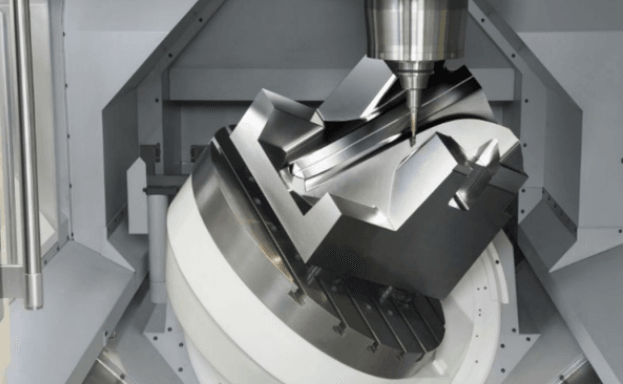
What is Feed Rate of a CNC Milling Machine?
The feed rate is defined as the speed at which the cutting tool engages with the workpiece during machining. In simpler terms, it's how quickly you push that spinning bit through your piece of titanium. This parameter plays a vital role in determining not just productivity but also surface finish quality; too fast and you risk damaging both your tool and material, while too slow can lead to inefficiencies.
When considering CNC milling titanium speeds and feeds, it’s important to remember that titanium's unique properties require a more calculated approach compared to softer metals. The ideal feed rate will vary depending on factors such as tooling type, machine capabilities, and specific project requirements. Ultimately, understanding what is the surface speed of titanium in conjunction with feed rates can help refine your machining process.
Factors Affecting Feed Rate
Several factors come into play when determining an appropriate feed rate for CNC milling titanium. First off, material characteristics are paramount; titanium has high strength-to-weight ratios but also tends to work-harden quickly if mishandled. This means that selecting an appropriate speed and adjusting your feed rate accordingly can prevent excessive wear on tools while ensuring efficient material removal.
Another factor affecting feed rates is tooling geometry—different cutter shapes will interact with materials differently based on their design and sharpness. Additionally, machine rigidity plays a significant role; machines that flex or vibrate may require slower feed rates to maintain accuracy when milling titanium parts. Lastly, coolant usage should not be overlooked; proper lubrication can allow for higher speeds without compromising tool life.
Best Practices for Optimizing Feed Rate
To optimize your feed rate during CNC milling titanium operations effectively, start by consulting manufacturer recommendations for specific tools you’re using—these often include ideal speeds and feeds tailored for different materials including titanium alloys. Additionally, performing test cuts can provide invaluable insights into how adjustments affect performance; fine-tuning based on real-world results often leads to better outcomes than sticking rigidly to theoretical values.
It’s also wise to monitor chip formation closely while machining; consistent chip size indicates effective cutting parameters whereas irregular chips may suggest you're pushing things too hard or too soft—adjust accordingly! Finally, always prioritize safety: ensure that all settings align with machine capabilities and avoid pushing limits unnecessarily as this could lead not only to equipment failure but potentially hazardous situations as well.
In summary, mastering what is the feed rate of a CNC milling machine when working with tough materials like titanium requires careful consideration of multiple factors—from tooling choices to environmental conditions like cooling methods—to achieve optimal performance without sacrificing quality or safety.
How Do You Mill Titanium?
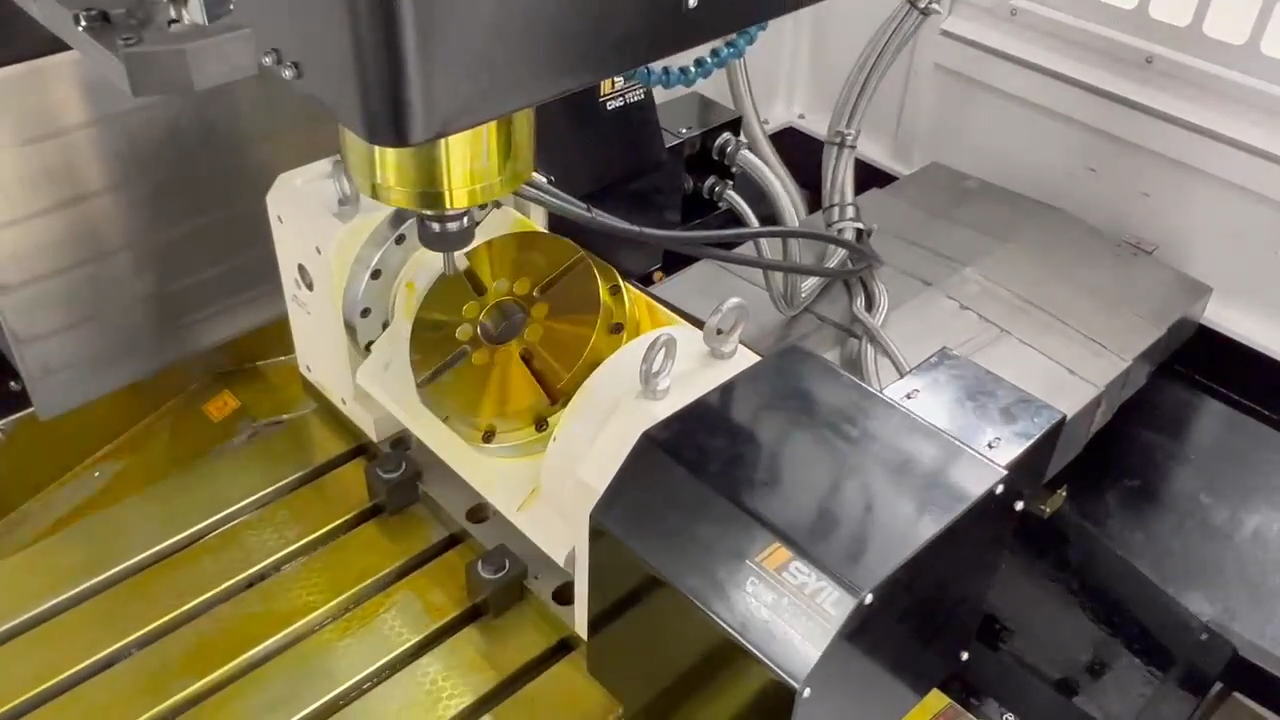
Milling titanium can seem like a daunting task, but with the right approach and knowledge, it can be accomplished effectively. Understanding the specifics of CNC milling titanium speeds and feeds is crucial to achieving optimal results. So, how do you mill titanium? Let’s break it down step by step.
Step-by-Step Milling Process
The first step in milling titanium is to securely mount your workpiece on the CNC machine to prevent any movement during machining. Next, set up your CNC program with the appropriate parameters for titanium, ensuring that you’ve accounted for factors like surface speed and feed rate. Once everything is calibrated, initiate the milling process while closely monitoring for any signs of tool wear or overheating—two common challenges when working with this metal.
After your initial cut, evaluate the surface finish and dimensional accuracy of your part. If adjustments are needed in terms of CNC milling titanium speeds and feeds or tooling parameters, make those changes before proceeding with further operations. Finally, once satisfied with the results, clean up the area to remove any metal shavings or coolant residue—keeping a tidy workspace is key!
Choosing the Right Tools and Equipment
It's essential to choose tools specifically designed for high-speed machining; these will perform better under the unique stressors presented by titanium alloys. Additionally, ensure that your CNC machine has adequate power and rigidity because machining titanium requires more force than softer metals.
Remember that tool geometry also plays a significant role; opt for tools with a positive rake angle which helps reduce cutting forces and improve chip removal efficiency. Don't forget about coolant systems—using proper cooling techniques can drastically extend tool life while preventing thermal damage during cuts. Ultimately, investing time in choosing appropriate tools will pay off when it comes to achieving high-quality results in your projects.
Essential Tips for Successful Titanium Milling
To master how do you mill titanium successfully, start by paying close attention to both surface speed and feed rate settings; these are critical components in determining overall performance during machining operations. For instance, understanding what is the surface speed of titanium will allow you to set optimal spindle speeds based on tool diameter effectively—generally between 80-150 SFM (Surface Feet per Minute) works well for most applications.
Additionally, remember that what is the feed rate of a CNC milling machine directly influences productivity; too slow may lead to inefficient material removal while too fast could result in tool breakage or poor finishes. Always experiment within recommended ranges before settling on final parameters—this trial-and-error approach can help fine-tune settings specific to your equipment capabilities.
Lastly, don’t underestimate preventive maintenance! Regularly checking tooling conditions and machine calibration ensures consistent performance over time when working with challenging materials like titanium. By following these tips along with an understanding of CNC milling titanium speeds and feeds principles, you'll be well-equipped for success!
Best Practices for CNC Milling Titanium
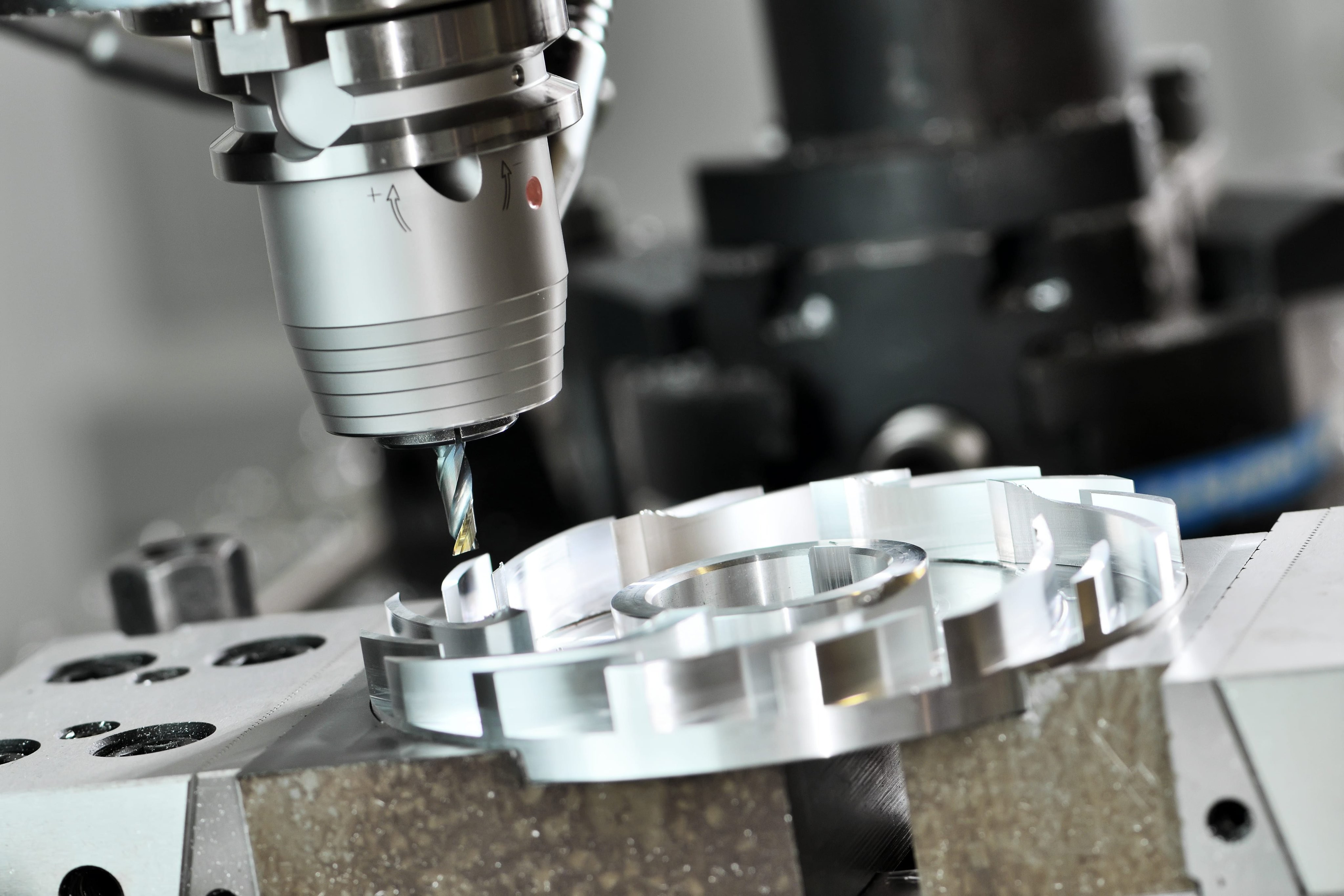
CNC milling titanium is no walk in the park, but with the right practices, you can navigate this challenging material like a pro. Understanding the nuances of tool selection, cooling techniques, and wear prevention is crucial to mastering CNC milling titanium speeds and feeds. Let’s dive into these best practices to ensure your titanium projects are not only successful but also efficient.
Tool Selection and Material Considerations
The hardness and strength of titanium require specialized cutting tools made from carbide or high-speed steel that can withstand high temperatures without losing their edge. Additionally, consider coatings like TiAlN (Titanium Aluminum Nitride) which enhance tool life significantly by reducing friction—an absolute must when pondering “Can you CNC mill titanium?”
Choosing the right tool geometry is equally important; opt for tools with a positive rake angle to minimize cutting forces and improve chip removal. Remember that different grades of titanium alloys may necessitate different tooling strategies; thus, understanding what is the feed rate of a CNC milling machine becomes essential in adjusting your approach based on material specifics. By carefully selecting tools tailored for your application, you'll optimize both performance and longevity.
Cooling and Lubrication Techniques
Cooling and lubrication are non-negotiable aspects of successful CNC milling titanium—think of them as your trusty sidekicks on this machining adventure! Using flood coolant or mist systems helps dissipate heat generated during cutting, which is vital when considering what is the surface speed of titanium? Proper cooling not only extends tool life but also enhances surface finish quality by minimizing thermal distortion.
Moreover, incorporating high-performance lubricants into your process can reduce friction between the tool and workpiece significantly. These lubricants can be particularly effective when dealing with tough materials like titanium that tend to work-harden during machining. So don’t skip out on these crucial steps; they’re key components in achieving optimal results while keeping those pesky temperatures at bay.
Preventing Tool Wear and Machine Damage
Tool wear is an inevitable part of machining; however, there are strategies you can implement to mitigate its effects while ensuring your machine remains in tip-top shape during CNC milling titanium operations. Regularly monitoring tooling conditions allows you to catch wear early before it leads to poor finishes or even machine damage—nobody wants that! Adjusting your speeds and feeds based on real-time observations will help maintain optimal performance throughout the job.
Additionally, implementing vibration-dampening techniques can protect both your tools and machinery from unnecessary stress caused by chatter during operation—a common issue when working with tough materials like titanium alloys. Always remember: a well-maintained machine will yield better results in terms of precision and efficiency while reducing downtime due to repairs or replacements.
In conclusion, mastering best practices for CNC milling titanium involves careful attention to detail regarding tool selection, cooling methods, and preventative measures against wear. By focusing on these areas while keeping an eye on CNC milling titanium speeds and feeds throughout your process, you'll be well-equipped to tackle any project with confidence!
Conclusion
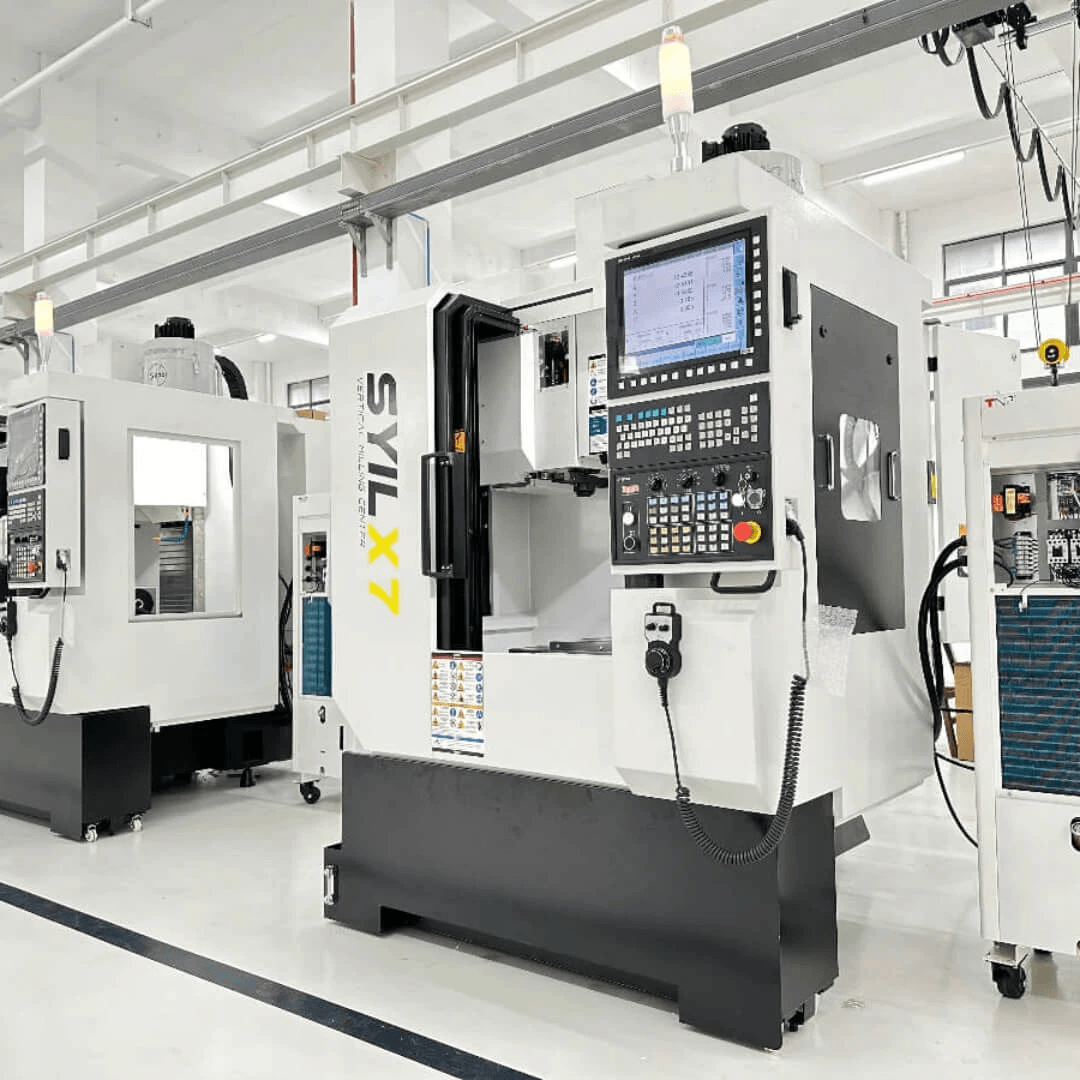
CNC milling titanium is a fascinating and complex process that demands a thorough understanding of speeds and feeds. Mastering these elements is crucial for achieving optimal results in precision machining, especially when dealing with titanium's unique properties. By grasping the intricacies of CNC milling titanium speeds and feeds, you can significantly improve your machining efficiency and product quality.
Mastering CNC Milling Titanium Speeds and Feeds
To truly master CNC milling titanium speeds and feeds, one must first understand the fundamental principles that govern this process. The question Can you CNC mill titanium? is often met with enthusiasm from manufacturers eager to harness the material's strength-to-weight ratio but wary of its machining challenges. Knowing how to calculate what is the feed rate of a CNC milling machine, alongside determining what is the surface speed of titanium, will set you on a path toward successful operations.
The relationship between surface speed and feed rate is critical in optimizing your machining setup. Remember that while higher speeds may seem appealing, they can lead to overheating or tool wear if not managed correctly. Balancing these factors ensures you achieve precision without sacrificing tool longevity or part integrity during your milling endeavors.
Summary of Key Insights
Throughout this guide, we've explored various aspects essential for effective CNC milling titanium processes. From understanding the unique properties of titanium to calculating appropriate feed rates and surface speeds, each element plays a vital role in achieving high-quality results. To answer How do you mill titanium? effectively requires not only knowledge but also practical experience in applying best practices tailored to this challenging material.
Additionally, we highlighted common challenges faced during CNC milling operations while providing strategies for overcoming them through proper tool selection and cooling techniques. The insights shared here aim to equip machinists with the necessary tools to navigate the complexities associated with working on titanium parts successfully.
Moving Forward with CNC Milling Expertise
As you move forward in your journey towards mastering CNC milling titanium, remember that continuous learning and adaptation are key components of success in manufacturing. Keeping abreast of advancements in tools, techniques, and technologies will help refine your skills further while ensuring you're well-prepared for any challenges that arise on the shop floor. Embrace every opportunity to enhance your expertise by experimenting with different settings for cnc milling titanium speeds and feeds.
In conclusion, mastering these processes opens doors not just for improved production efficiency but also elevates your overall craftsmanship within various industries relying on precision machined components made from this remarkable metal.

